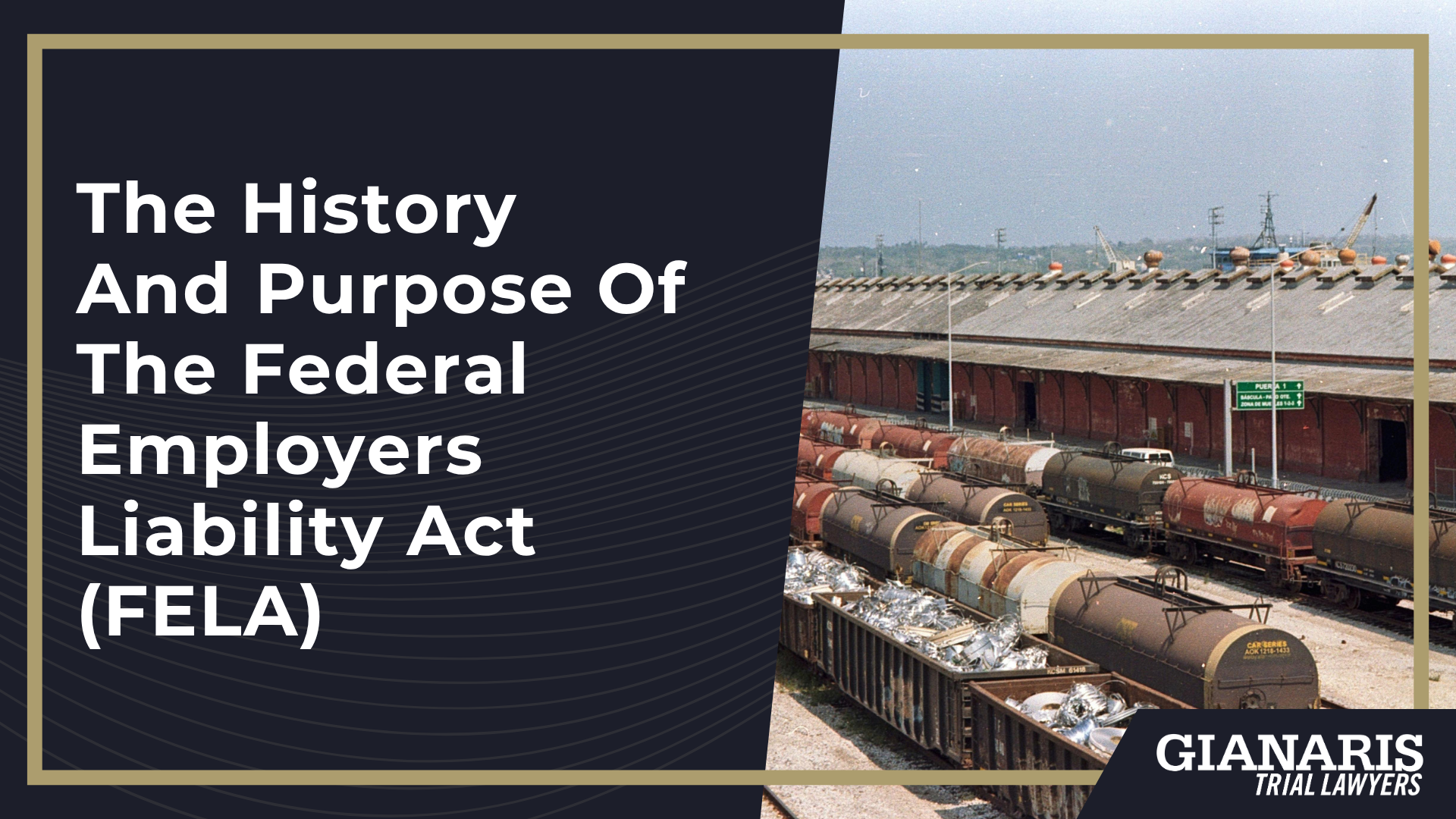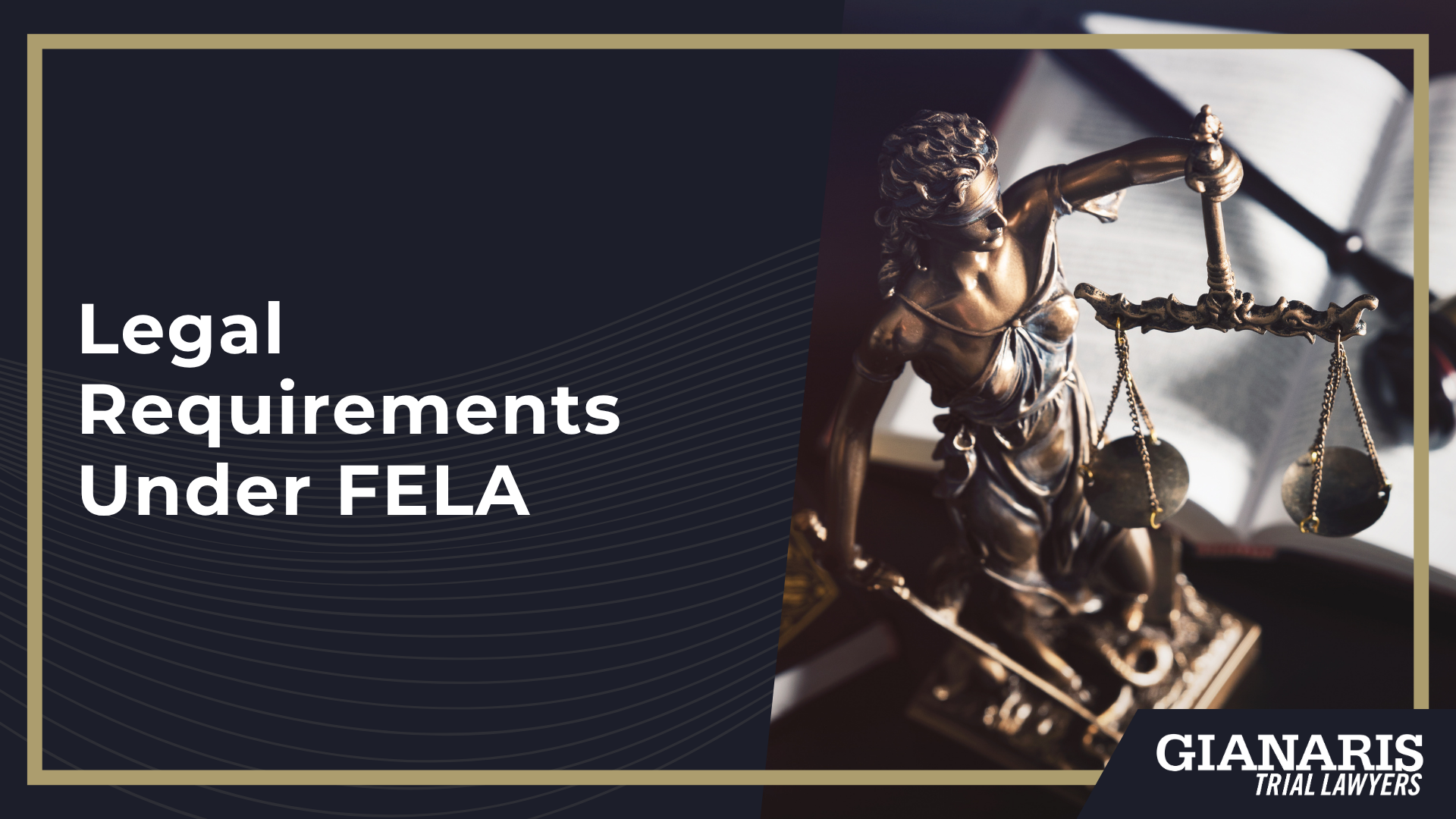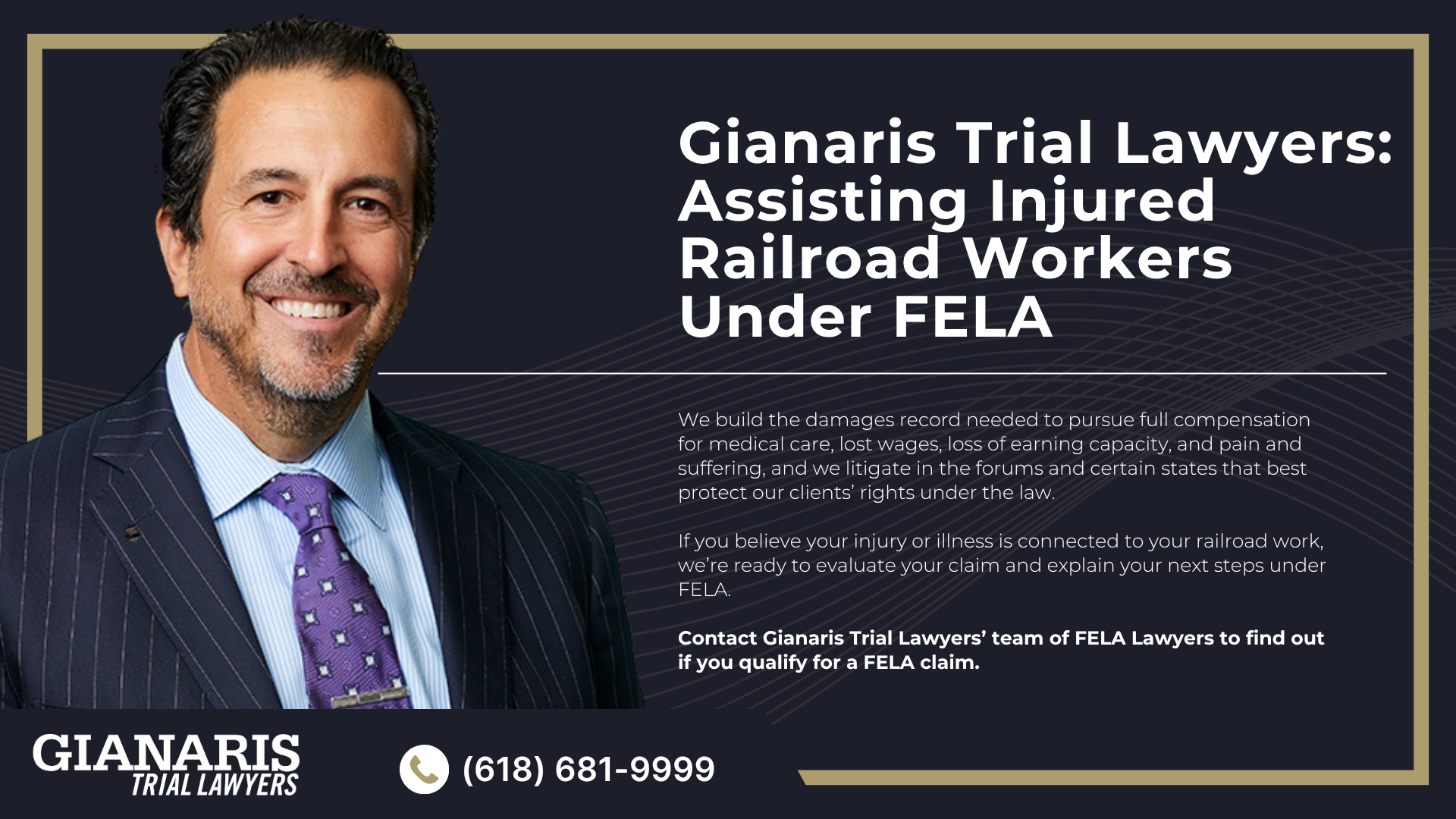Enacted in 1908, the Federal Employers Liability Act was Congress’s answer to the dangerous conditions of the early railroad industry, where traditional tort rules and workers compensation systems did not adequately protect an injured railroad worker.
FELA law replaced harsh common-law defenses (like assumption of risk and strict contributory negligence) with a fairer framework that lets injured railroad workers recover when negligence attributable to a railroad employer played any part, however slight, in causing harm.
The statute’s purpose is twofold: compensate railroad employees for on-the-job injuries and illnesses, and incentivize railroad companies to maintain safe equipment, tracks, procedures, and training.

Importantly, FELA preserves a worker’s right to a jury trial and allows claims to be filed in state or federal court, giving injured railroad employees strategic options.
Over time, courts have recognized FELA’s broad remedial aim (covering traumatic accidents, cumulative trauma, and occupational disease) so long as the worker can prove negligence by the carrier or its agents.
Who is Covered Under FELA
FELA covers any railroad employee of a common-carrier railroad employer engaged in interstate commerce.
A person suffering injury (or the family in cases of wrongful death) may bring FELA claims when the harm arose in the course of employment and was caused, even in part, by the railroad’s unsafe conditions, defective tools, inadequate staffing, poor training, or rule violations.
Unlike workers compensation, FELA is a negligence-based system, meaning the employee must prove negligence, but it also applies relaxed causation and comparative fault principles; any contributory negligence by the worker may reduce damages rather than bar recovery.
Coverage can extend to illnesses from toxic exposures and repetitive-stress conditions tied to railroad industry work.
Workers typically eligible for FELA protection include:
- Conductors and brakemen: Coordinate train movements and handle on-the-ground operations.
- Locomotive engineers and firemen: Operate locomotives and manage engine performance on freight and passenger routes.
- Maintenance-of-way crews: Inspect and repair track, ties, ballast, crossings, and signal infrastructure.
- Machinists and electricians: Service and rebuild locomotives, rolling stock, and electrical systems in shops and yards.
- Signal maintainers: Install, test, and repair wayside signals and grade-crossing equipment to keep routing safe.
- Carmen/car inspectors: Inspect, maintain, and repair freight and passenger rail cars.
- Yardmasters and switchmen/operators: Assemble trains, set routes, and direct switching operations in terminals.
- Telecom technicians: Build and maintain radios, fiber, and other communications relied on for railroad operations.
- Train dispatchers: Direct train movements from centralized control centers and manage traffic flow.
- Bridge and building (B&B) workers: Maintain bridges, trestles, depots, shops, and other railroad structures.
- Utility or service employees: Perform support tasks such as fueling, cleaning, and preparing equipment for service.
- Clerical personnel: When directly employed by the carrier and supporting transportation activities.
Claims may be filed in state or federal court, and suits can also address retaliatory conduct related to reporting hazards or injuries (often paired with other federal protections).
Independent contractors generally are not covered, but doctrines like “borrowed servant” or joint employment may bring certain workers within FELA’s scope depending on the facts.








